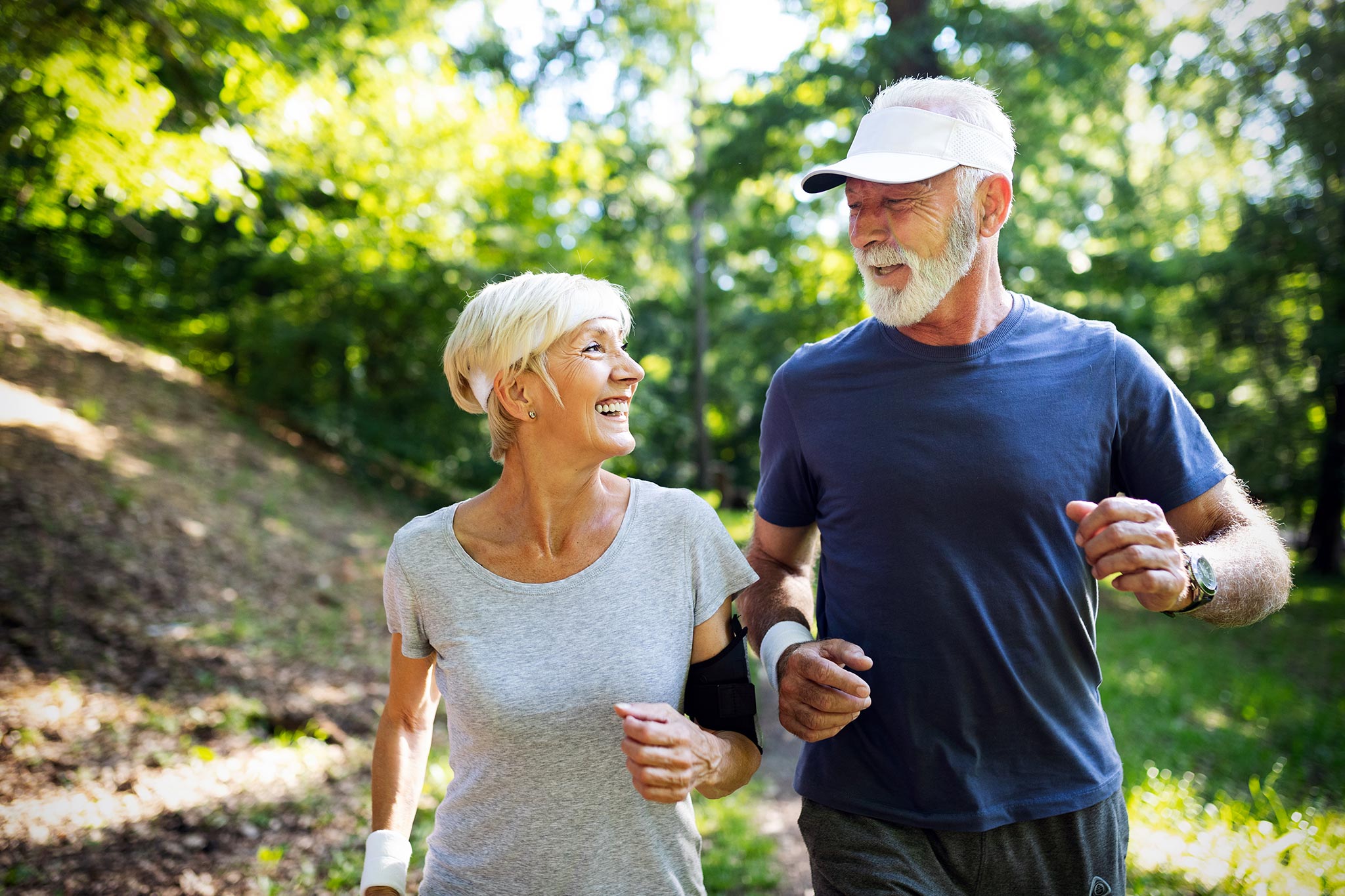
Why Exercise is the Key to Healthy Ageing
Have you heard about the mystical Chinese art of Qigong? If you have, I still believe that Qigong may remain something of a mystery to
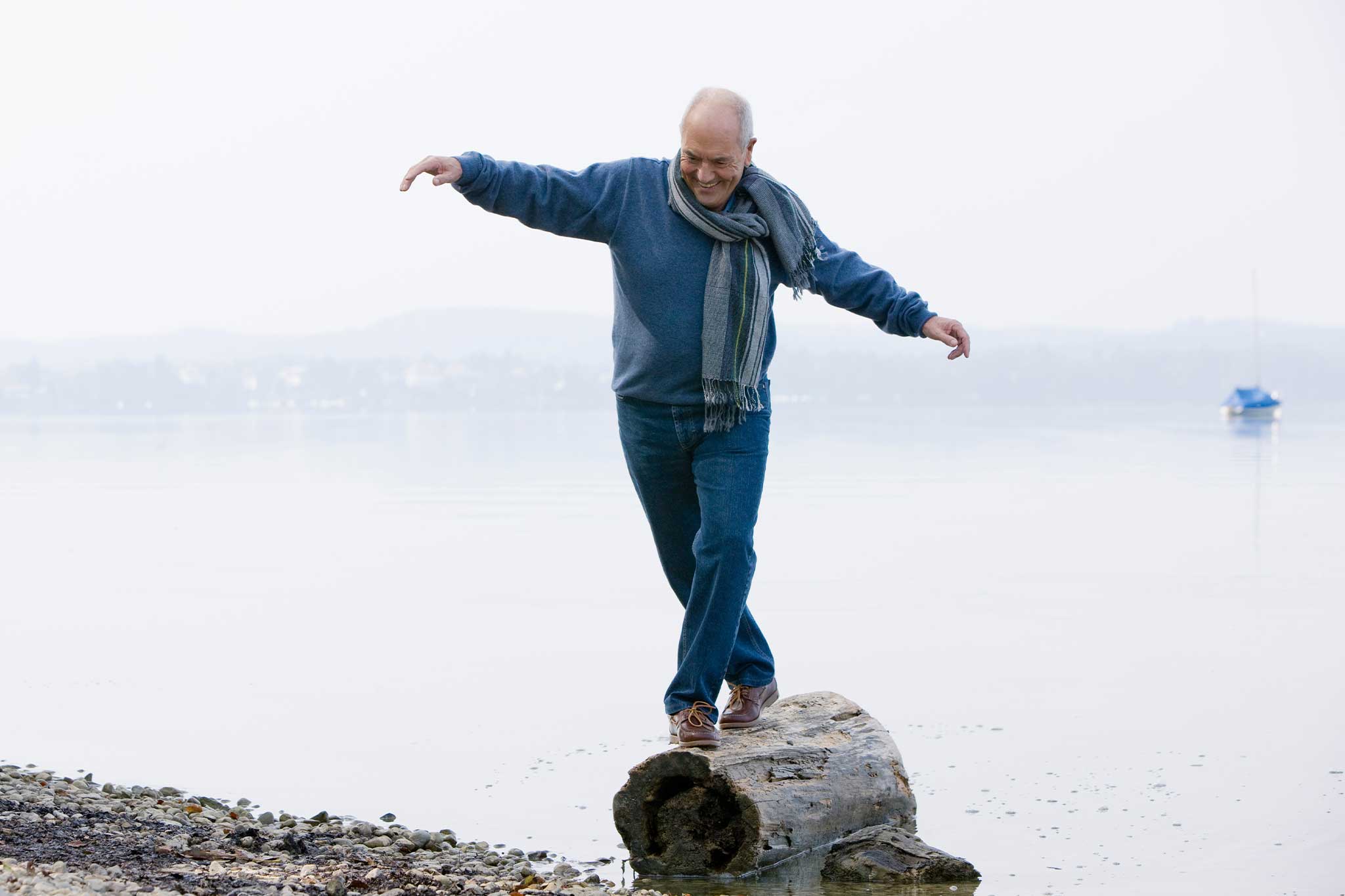
Last month, when I was on a train to work, I saw an elderly lady losing her balance and falling backwards on the station escalator.
She clung onto the handrails for dear life, her legs struggling to find footing on the moving steps. When a kind-hearted middle-aged woman tried to help her, she lost her grip and both of them fell back on the sharp steps of the ever-ascending escalator.
The train moved off so I did not know what happened after that. But for the rest of the ride, one thought kept gnawing at my mind: What if that happened to my mother, or worse, my grandmother?
Then, my physiotherapist brain kicked in as I asked myself: What caused that elderly lady to lose her balance and would things be different if she had balance training?
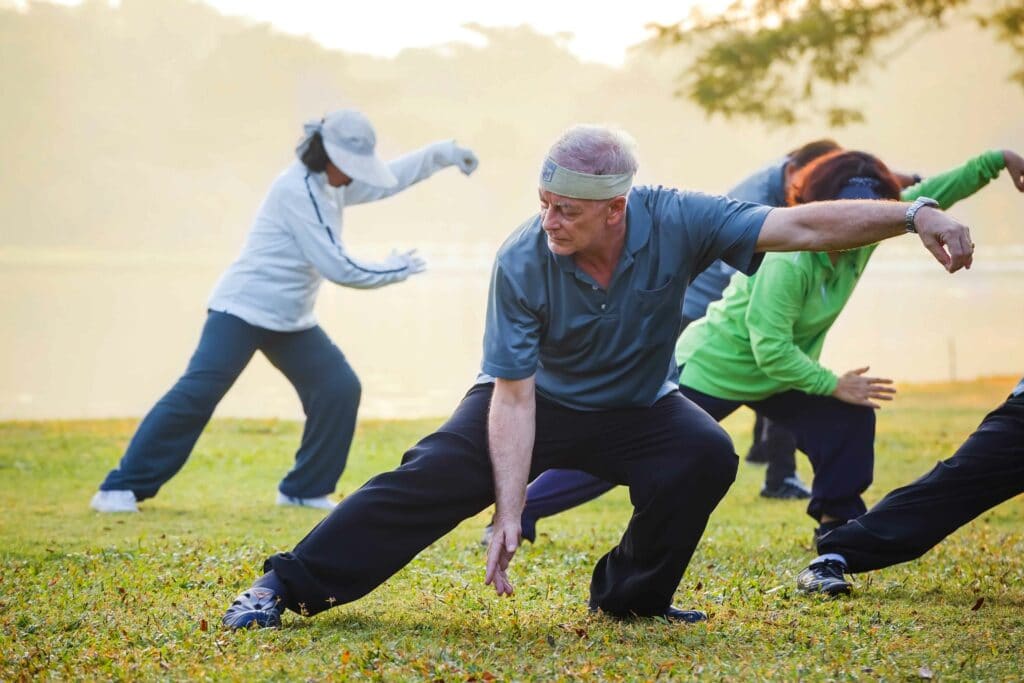
The human body uses several mechanisms to maintain sense of equilibrium:
Each of these systems may operate independently but they work together with our nerves and muscles for the common goal of keeping us balanced in anything we do.
For example, when your vision is compromised in a dark room, the other senses help you find your way to the exit or light switch without falling.
However, for the middle-aged and elderly, the ability to remain in balance generally declines.
This is due to one or more of the following:
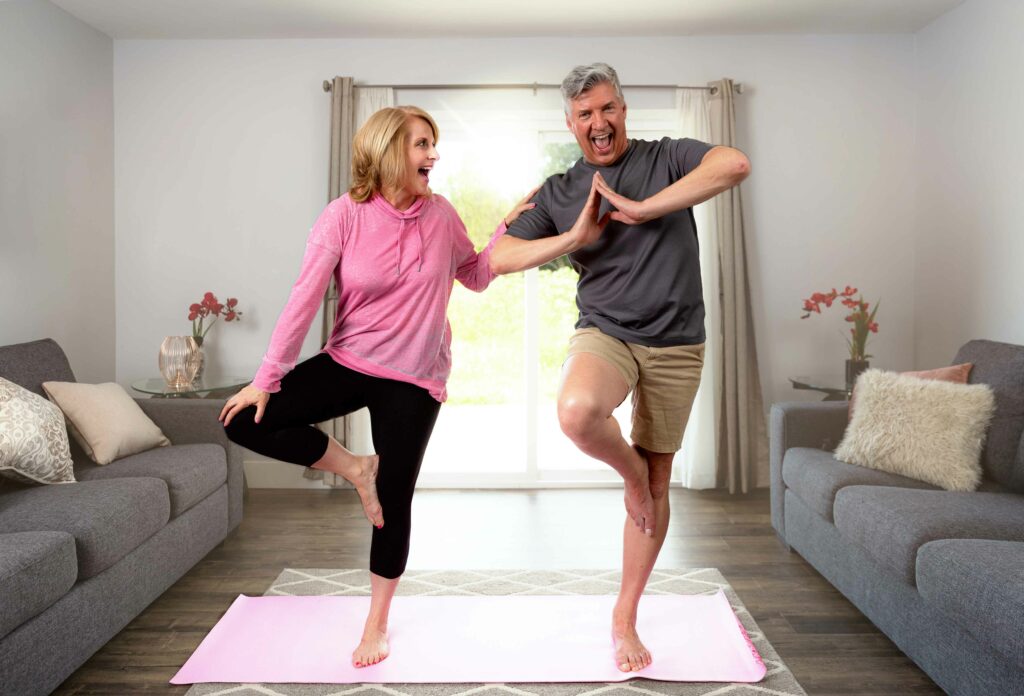
I believe that we all know someone who is affected by poor balance and/or falls.
As scary as it may be, it is a very preventable form of injury.
Although the aging process is inevitable, the negative effects can be reduced with adequate levels of exercise, including balance training.
Balance training usually consists of muscle strengthening, weight shifting practice, single leg work and balance with less stable surfaces.
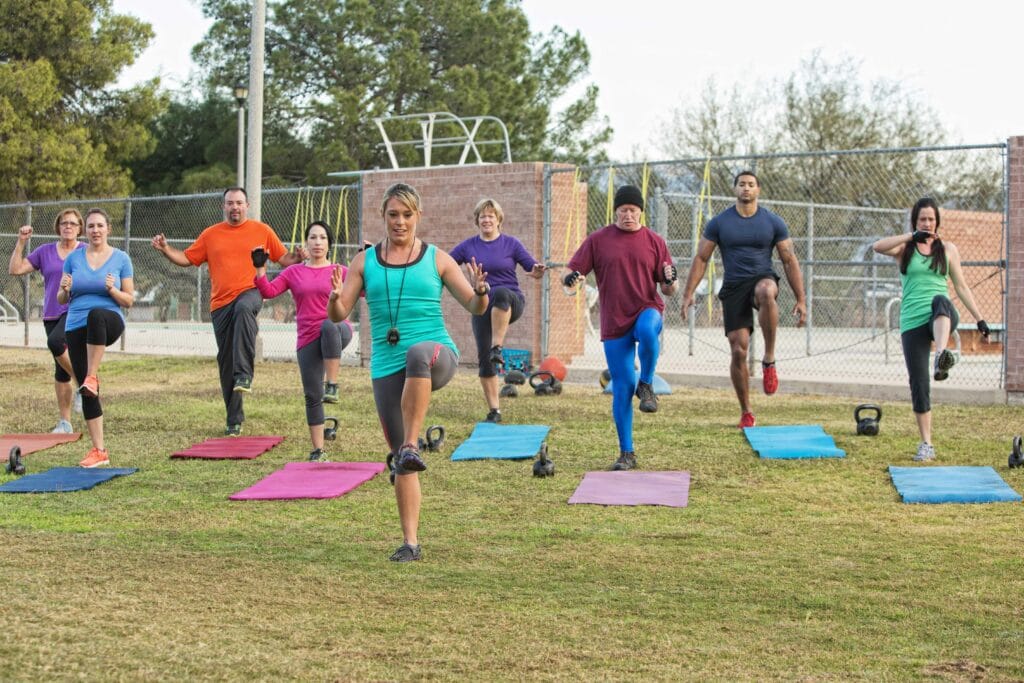
As we age, we lose muscle mass. Do you know that age-related muscle loss begins as early as our 30s?
Our muscles are important because they keep us upright, help us move about and function in our daily life.
As we lose muscle mass with age, we lose strength and endurance. This means our ability to maintain an upright posture and respond to disturbances to balance become less effective.
This is why regular exercise and physical activity is recommended, especially as we age. Not only does exercise provide many health benefits, it can significantly slow down the effects of age-related muscle loss.
The more our muscles are used, the more we retain muscle mass, strength and power. This means that the body is better at preventing falls and holding an upright posture.
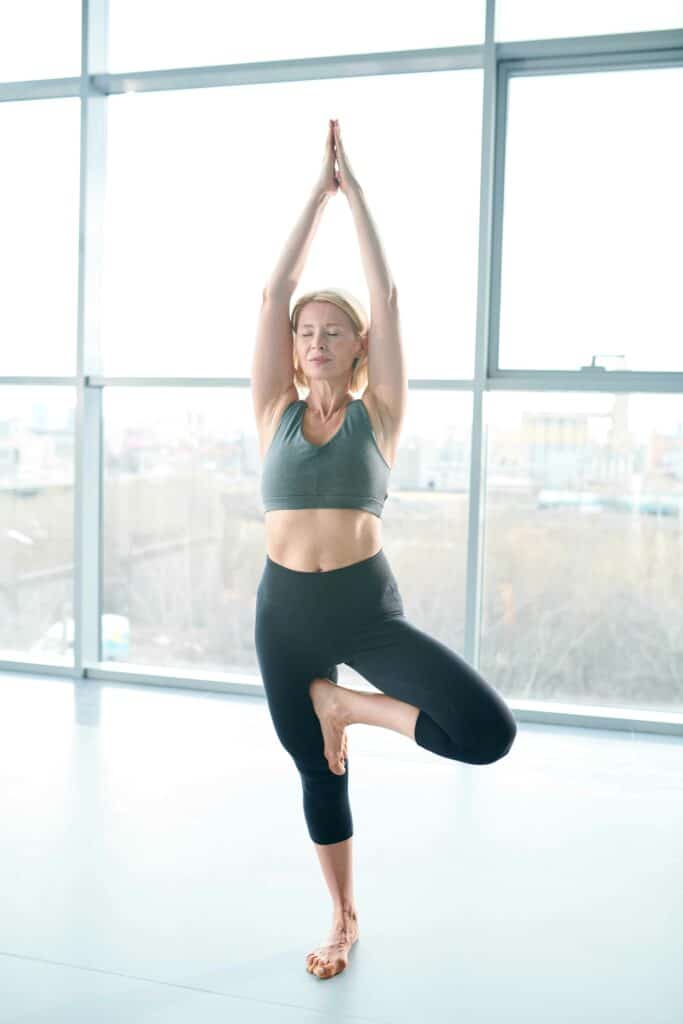
Besides loss of muscles through sarcopenia, another age-related change to our balance is the reduction of proprioception, which is the awareness of our body position.
This awareness comes from nerves that respond to stretch as our posture changes, be it in standing, walking or running. These stretch-sensitive nerves provide information to our muscles to make tiny adjustments to maintain balance and posture.
Nerve reaction time and sensitivity is reduced as we age, making their nervous system less capable of detecting balance disturbances.
Thankfully, like our muscles, age-related changes to nerves can be countered by exercises and activities that involve weight shifting, body awareness and maintaining postural control.
Maintaining strong muscles and responsive nerves is important, but for balance the middle-aged and elderly still need to know how to react to postural perturbations.
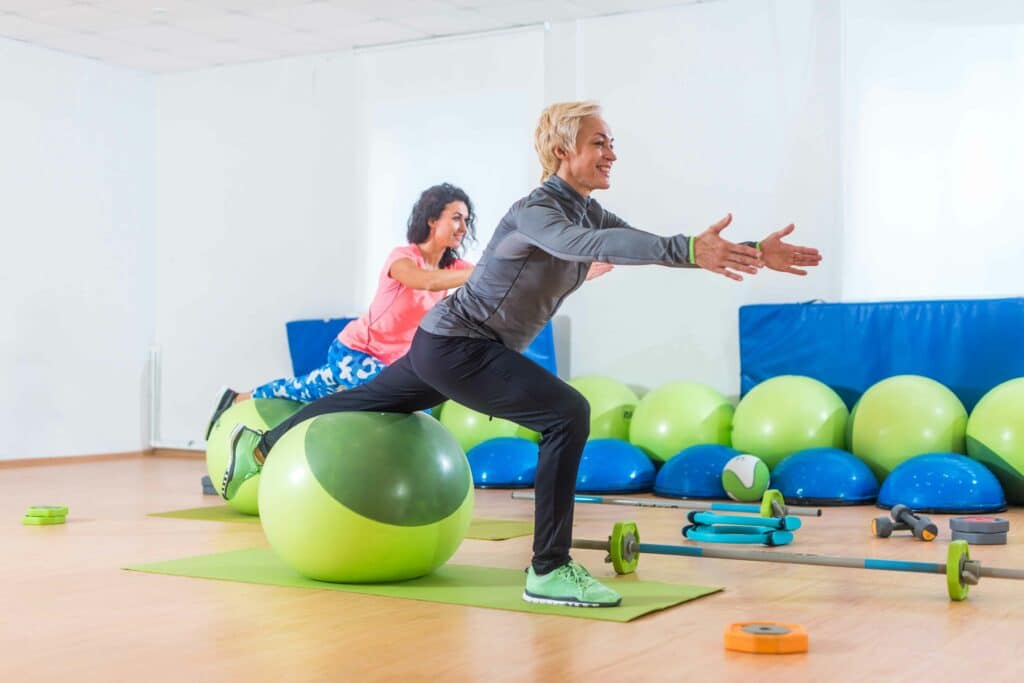
As we age, the fear of falling is sometimes a strong deterrent to exercise or staying active.
However, as the saying goes: “Use it or lose it!”. If the sense of balance is no longer challenged, it becomes out of practice and less effective at keeping us upright!
When we lose our balance, there is usually an involuntarily tensing of the entire body to brace for stability (or impact).
Unfortunately, this means the body becomes stiff and ironically, less capable at responding to balance disturbances.
In order to prevent this tensing response, it is important to practice how to challenge balance safely as we age.
Activities like Tai Chi and less intensive forms of Yoga and Pilates are excellent ways for the middle-aged and elderly to ease their way into balance training.
As their confidence grows, so will their sense of balance!
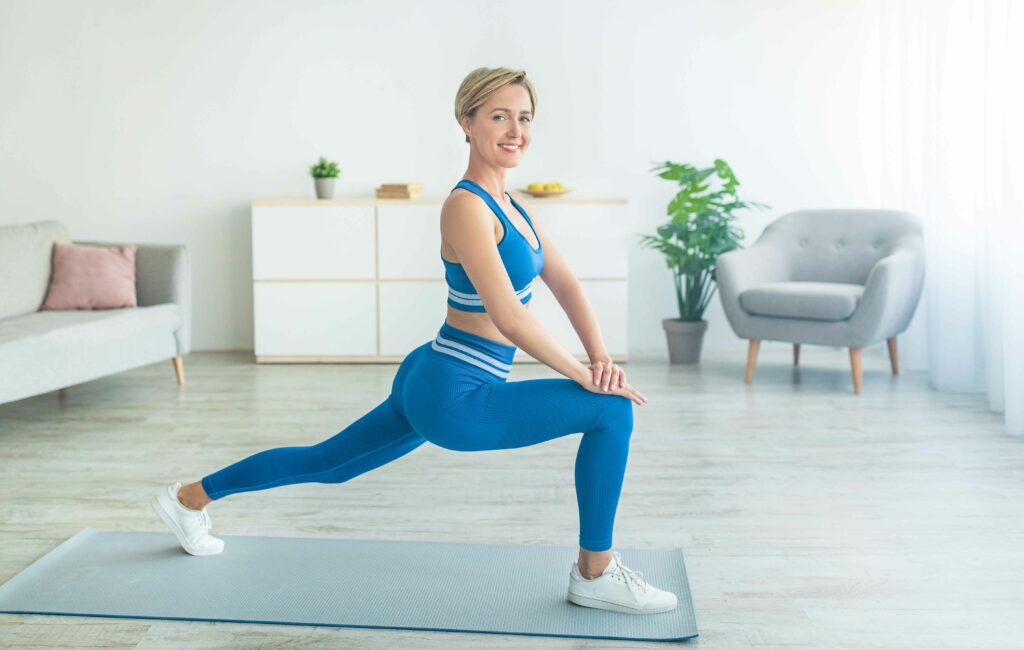
Many incidences of falls or near-falls in the middle-aged and elderly are from environmental hazards like carpet edges, children’s toys or slippery floors.
Simple changes like putting away small objects, keeping wires taped down and using non-slip mats are effective ways to prevent any potential falls from happening!
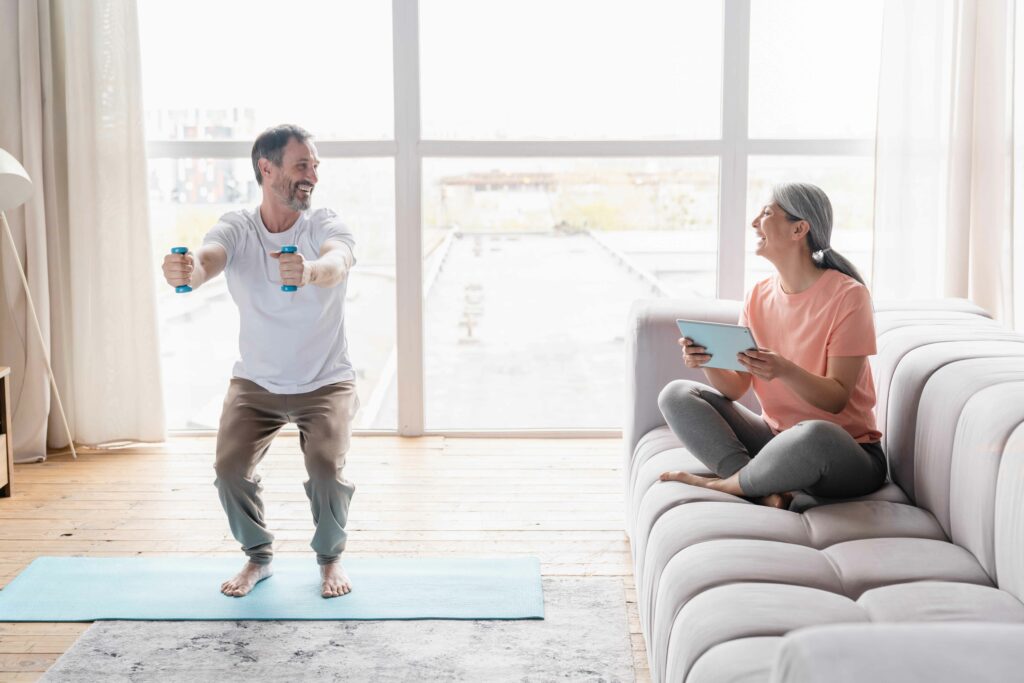
Our vision is important in providing a sense of uprightness and balance. So, a well-lit environment is another helpful way of preventing falls.
On that note, it is also recommended that the middle-aged and elderly check their eyesight regularly and have proper eyewear for optimal vision.
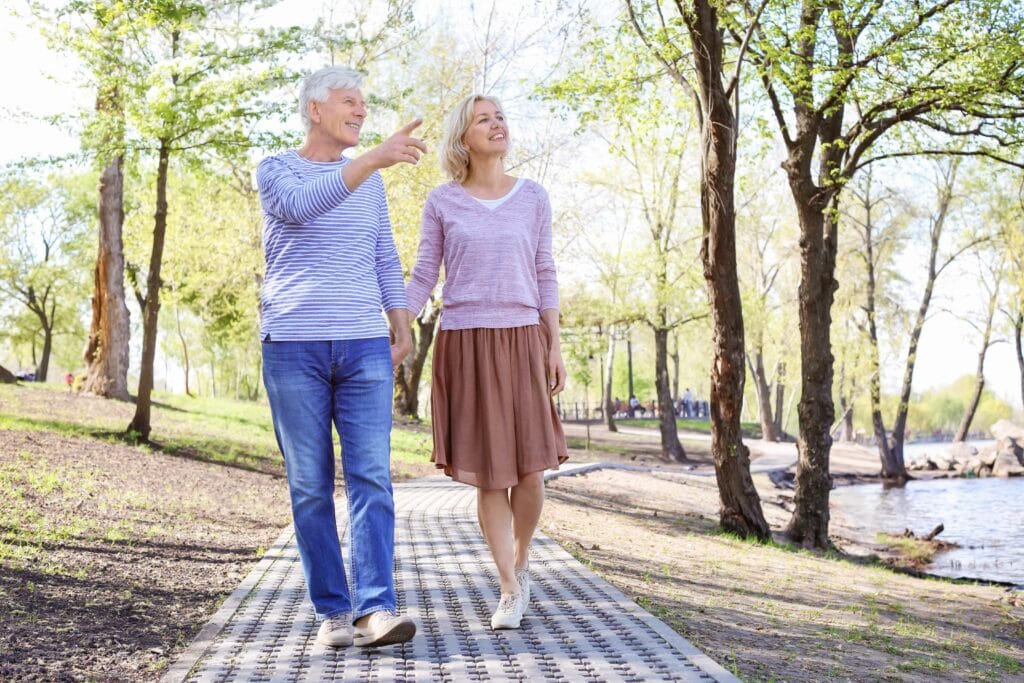
A refreshing walk around the suburb can be an excellent form of exercise.
However, there are some paths that are easier to walk and some that have more challenges to their balance.
A good way to have an enjoyable stroll is choosing a route that is suitable to their balance abilities.
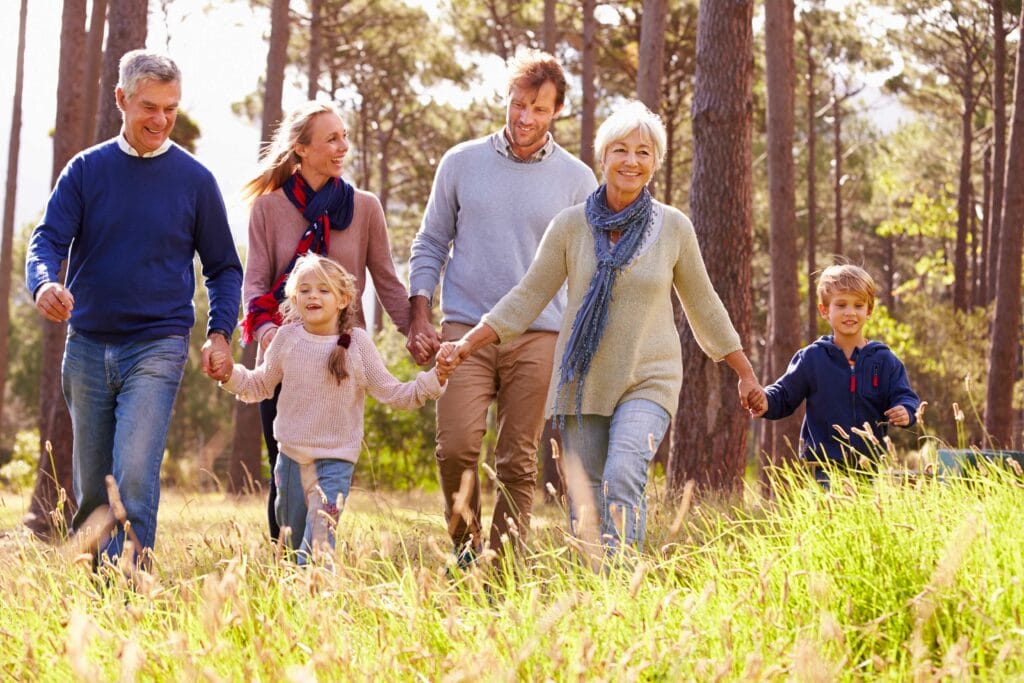
Sometimes the environment may become a challenge for the middle-aged and elderly to perform a task or navigate a path without a risk of falling.
Thankfully, just by being there with them to provide a hand (or two), it can make a difference when they need to step over a higher curb or walk down some steps without handrails.
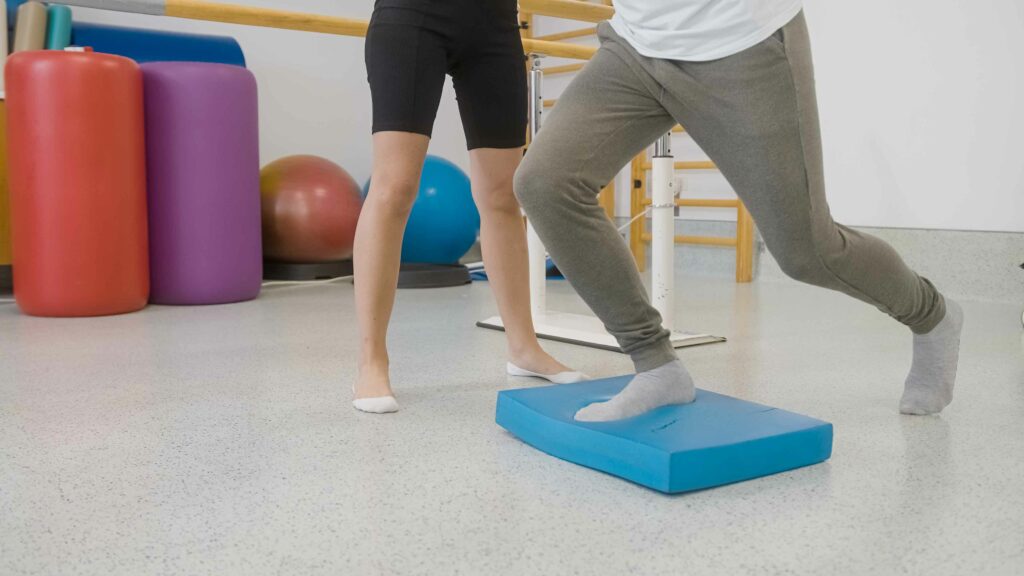
Injuries are common after falls and it can also further impede the ability to balance. This is one of the biggest reasons why people do not engage in more exercise and physical activity as they age.
If you find that your loved ones are still having trouble with balance, why not speak to a physiotherapist? Not only can we help them with their recovery but we can also help them with balance training.

Have you heard about the mystical Chinese art of Qigong? If you have, I still believe that Qigong may remain something of a mystery to
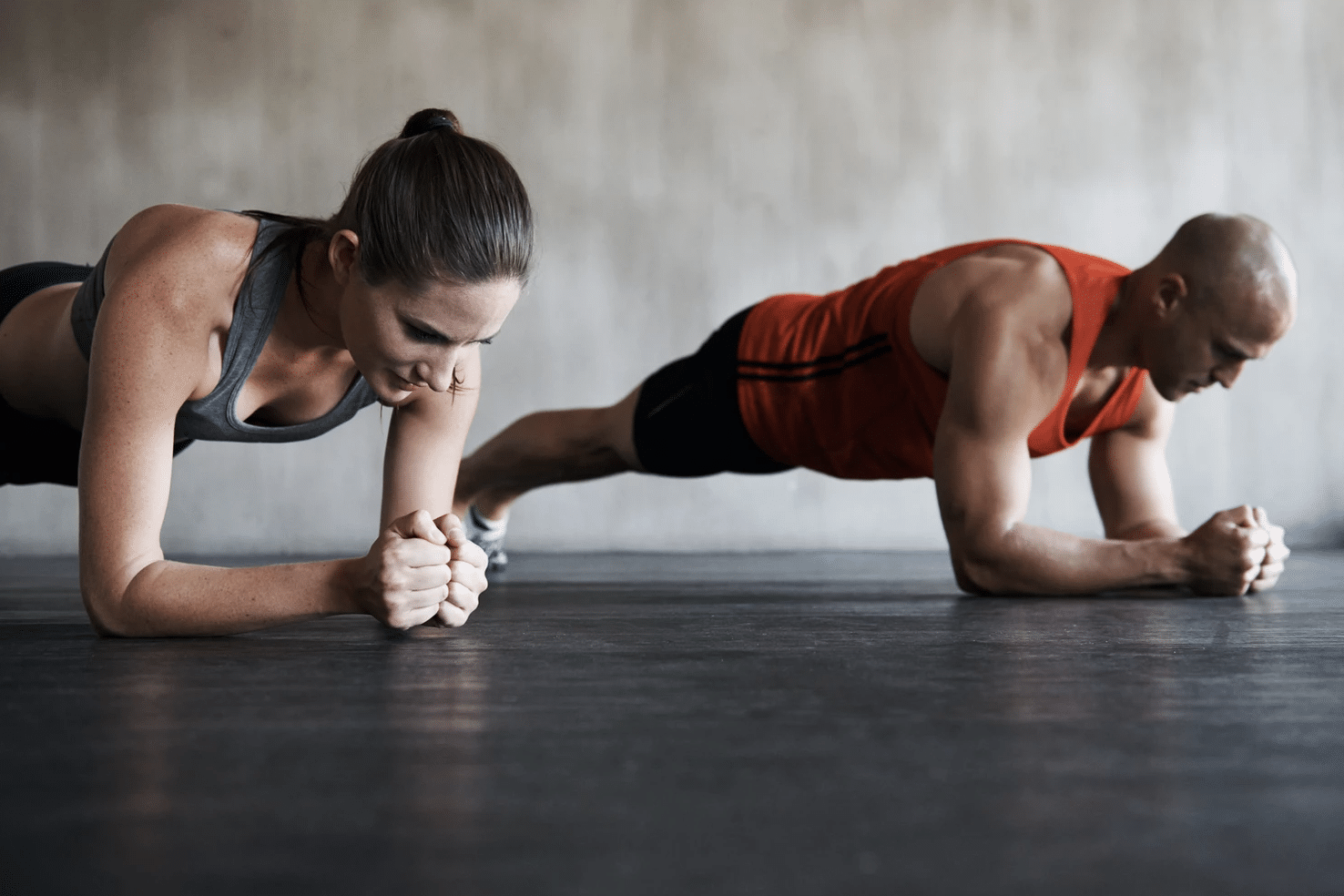
Have you heard about the mystical Chinese art of Qigong? If you have, I still believe that Qigong may remain something of a mystery to
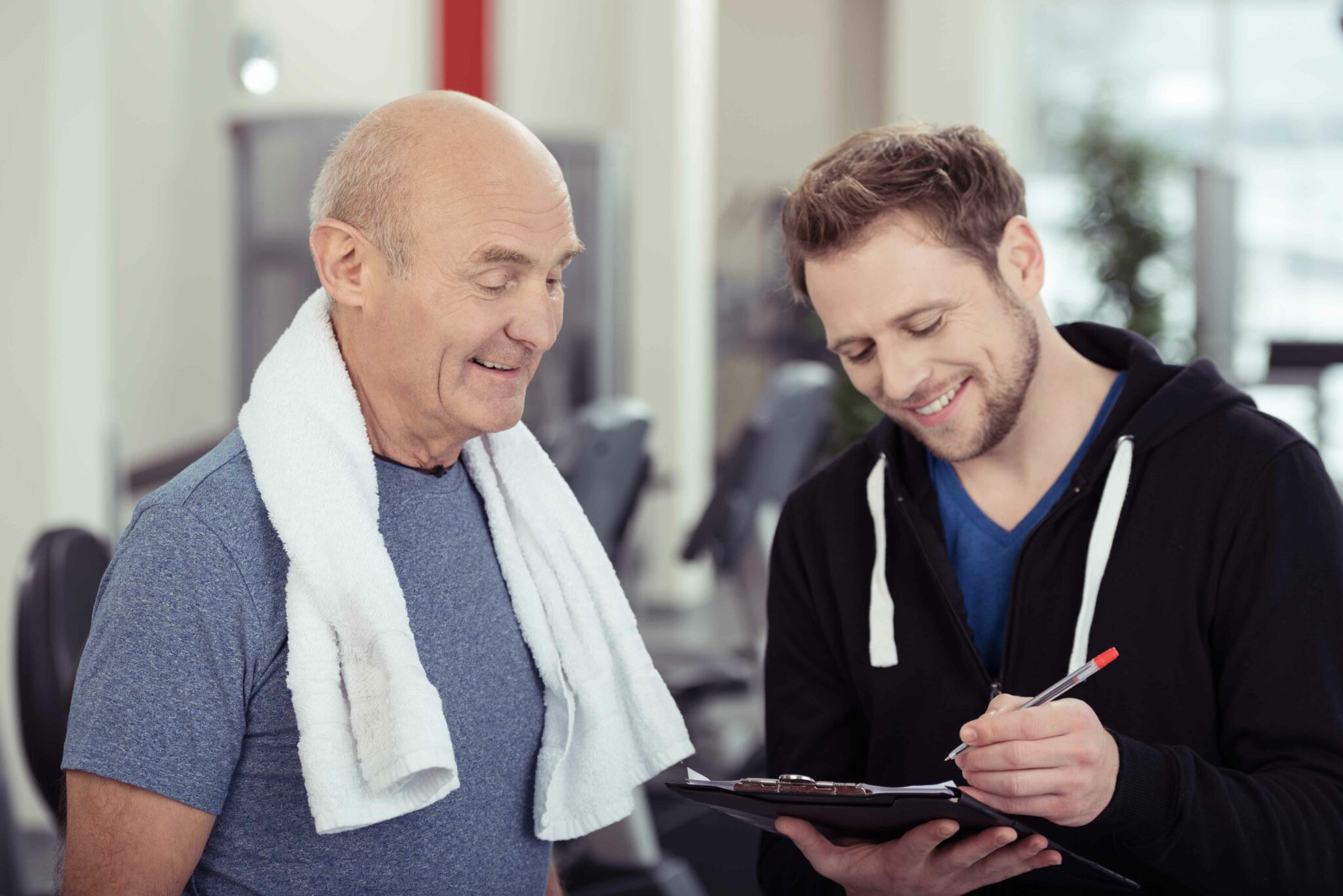
Have you heard about the mystical Chinese art of Qigong? If you have, I still believe that Qigong may remain something of a mystery to